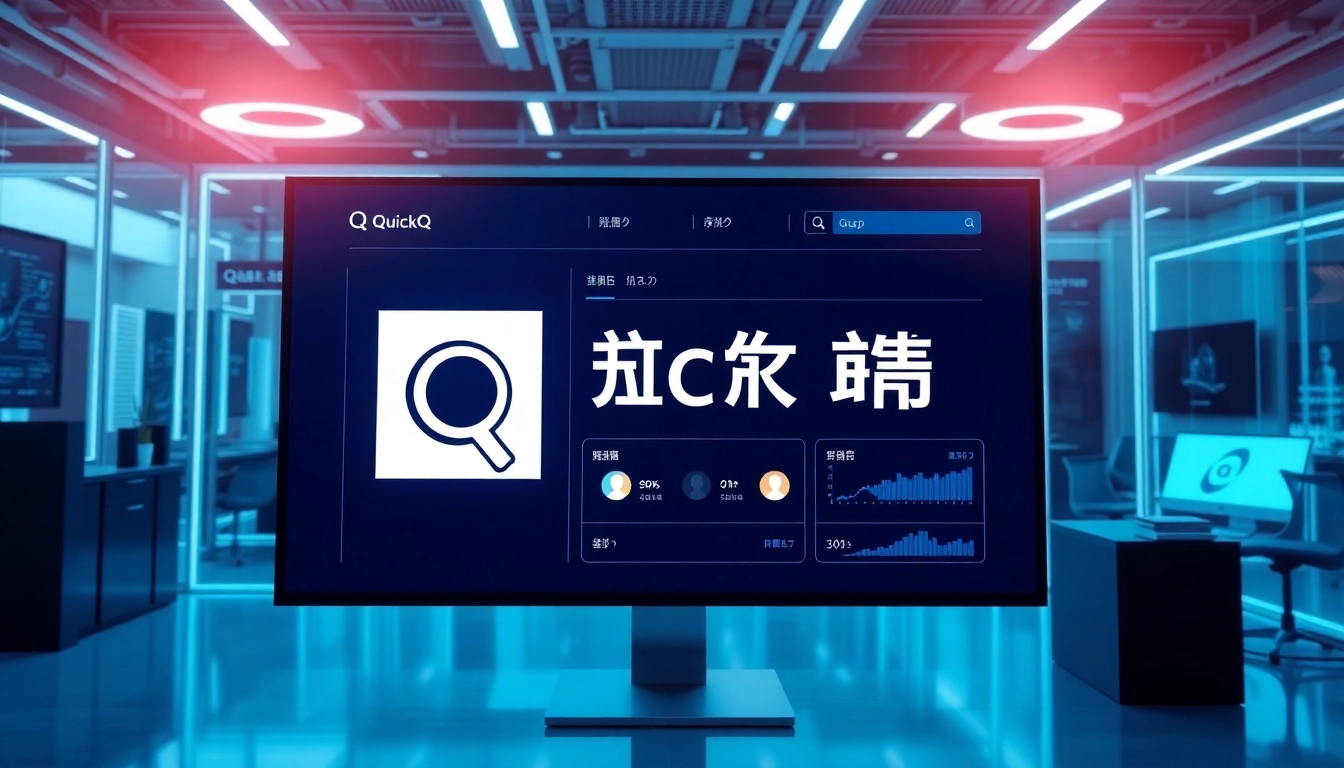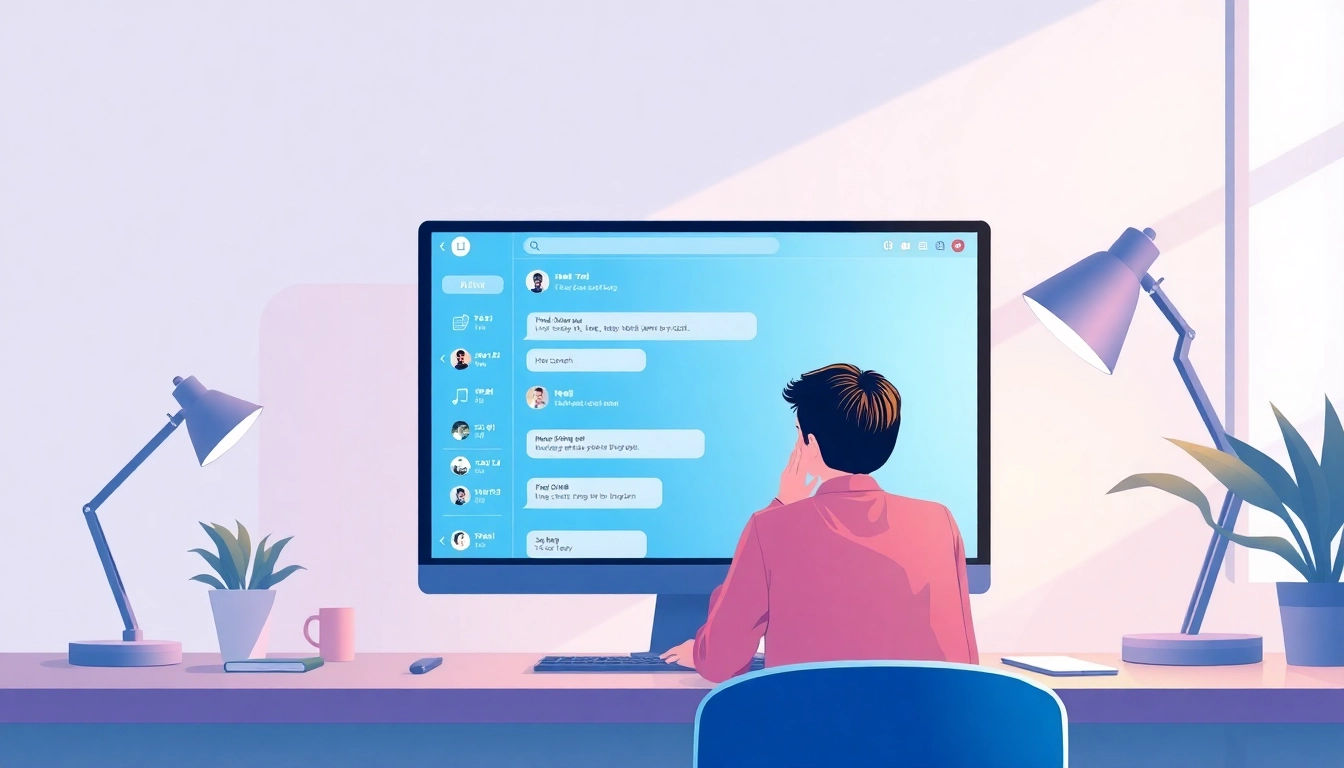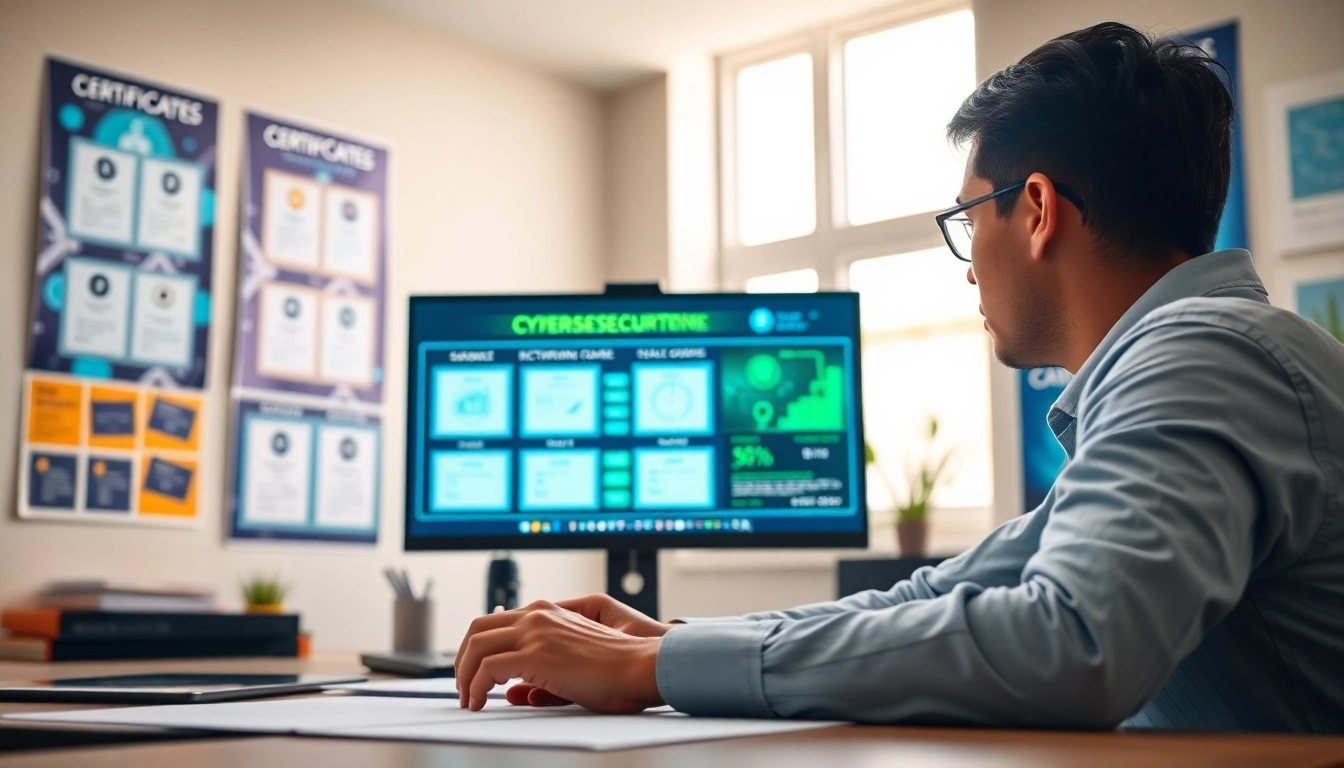Understanding ChatGPT Chatbot Functionality
What is a ChatGPT Chatbot?
In the rapidly evolving landscape of artificial intelligence, chatgpt chatbots stand out as powerful tools for automating communication and enhancing user experience. A ChatGPT chatbot leverages the capabilities of OpenAI’s GPT (Generative Pre-trained Transformer) model, designed to understand and generate human-like text. These chatbots can engage in conversations, answer questions, provide recommendations, and assist with various tasks, emulating a dialogue with users in a natural and intuitive manner.
How ChatGPT Enhances User Interaction
The design of ChatGPT chatbots focuses on natural language processing (NLP), which allows them to comprehend context, sentiment, and nuances in user queries. Unlike traditional chatbots that often rely on scripted responses and keyword matching, ChatGPT chatbots adapt to conversational flow. They learn from previous interactions and adjust their responses accordingly, leading to a more personalized user experience. This adaptability significantly improves user satisfaction, as customers receive instant, relatable, and relevant assistance.
Common Use Cases for ChatGPT Chatbots
ChatGPT chatbots cater to a diverse range of applications across various industries:
- Customer Support: By handling routine inquiries such as order tracking, FAQs, and troubleshooting, businesses can reduce wait times and improve service efficiency.
- Sales Assistance: These chatbots can guide users through product selections and purchasing processes, offering real-time personalized recommendations based on user preferences.
- Lead Generation: By engaging website visitors and capturing their information, ChatGPT chatbots can generate qualified leads for sales teams.
- Education and Training: They can serve as virtual tutors, offering tailored lessons and answering student questions in real-time.
- Content Creation: ChatGPT models can assist writers and marketers in generating ideas, outlines, or even drafts for various content needs.
Implementing ChatGPT Chatbots in Your Business
Step-by-Step Guide to Setting Up
To harness the capabilities of a ChatGPT chatbot, businesses must undertake a structured approach to implementation:
- Define the Purpose: Clearly outline what you want the chatbot to achieve. Consider factors such as customer pain points, desired interactions, and data collection goals.
- Select the Right Platform: Choose a chatbot development platform that supports ChatGPT integration, such as Dialogflow, Botpress, or custom solutions based on OpenAI’s API.
- Design Conversation Flow: Create a user-friendly dialogue flow that includes potential user queries and anticipated chatbot responses, ensuring an engaging conversational experience.
- Train the Model: Utilize training data to refine the chatbot’s response patterns. Incorporate real-world interactions to train the chatbot effectively.
- Test Internally: Conduct beta testing with internal teams to iron out any issues before rolling out to customers. Gather feedback for further refinements.
- Launch and Monitor: Deploy the chatbot on desired channels, such as your website, social media, or messaging platforms. Monitor interactions and performance closely for ongoing optimization.
Best Practices for Integration
Successful integration of ChatGPT chatbots requires attention to detail and strategic planning:
- Keep It Simple: Avoid overwhelming users with complex jargon. Opt for clear, concise language that resonates with your audience.
- Provide Clear Instructions: Guide users on how to interact with the chatbot. Indicate potential commands or questions that the chatbot can handle.
- Build Contextual Awareness: Develop the chatbot’s ability to remember past interactions within a session, allowing for a more fluid and coherent conversation.
- Ensure Escalation Options: Incorporate processes for escalating conversations to human agents when necessary, enhancing user trust and satisfaction.
- Regularly Update Content: Routinely refresh the chatbot’s knowledge base to keep its responses relevant and accurate as products or services evolve.
Key Considerations for User Experience
User experience is at the forefront of successful chatbot deployment. Here are several considerations:
- Response Time: Fast responses are critical. Users expect immediate feedback, making it essential to ensure low latency in the chatbot’s reply system.
- Multilingual Capabilities: In a globalized market, consider the potential need for multilingual support to cater to diverse customer bases.
- User Sentiment Analysis: Implement mechanisms to gauge user satisfaction and emotional tone, helping the chatbot respond empathetically.
- Feedback Loop: Encourage user feedback on interactions to identify areas for improvement and user pain points.
Measuring the Success of Your Chatbot
Defining Success Metrics
To assess the effectiveness of a ChatGPT chatbot, businesses should establish clear success metrics, including:
- Engagement Rate: Measure how many users interact with the chatbot compared to the total number of visitors.
- Resolution Time: Track the average time taken to resolve user inquiries, indicating efficiency levels.
- Customer Satisfaction Score (CSAT): Utilize post-interaction surveys to gauge user satisfaction levels.
- Conversion Rate: For sales-oriented chatbots, measure the percentage of interactions that lead to completed purchases.
- Return on Investment (ROI): Assess the financial impact of the chatbot by comparing implementation costs against the savings from improved efficiency.
Analyzing User Engagement
User engagement analytics provide valuable insights into chatbot performance. Utilize analytics tools to monitor:
- Chat Duration: Review the length of conversations to understand user interest and engagement.
- Common Queries: Identify frequently asked questions or topics to continually enhance information delivery.
- User Feedback: Analyze feedback ratings and comments to determine areas for improvement.
Iterating Based on Feedback
To facilitate continuous improvement, it’s essential to iterate based on user feedback. This can be achieved through:
- Regular Updates: Update the knowledge base and response algorithms regularly in response to user insights.
- User Testing: Conduct ongoing tests with real users to identify pain points or new areas for functionality.
- A/B Testing: Experiment with different response styles or flows to discover which versions yield the highest engagement and satisfaction.
Enhancing Capabilities of ChatGPT Chatbots
Leveraging AI for Improved Learning
A critical feature of ChatGPT chatbots is their ability to learn from interactions, leading to enhanced responsiveness and personalization over time. This can be further improved through:
- Reinforcement Learning: Implement systems where the chatbot is rewarded for providing correct or helpful responses, encouraging a path of continual learning.
- Incorporating User Data: Utilize anonymized interactions to inform training datasets, thus improving contextual comprehension for future user interactions.
- Advanced NLP Techniques: Consider integrating sentiment analysis and intent recognition to better gauge user emotions and context.
Integrating Additional Features
To unlock the full potential of a ChatGPT chatbot, consider integrating additional functionalities:
- Voice Recognition: Enhance user experience by enabling voice interactions, allowing users to communicate hands-free.
- Multi-Channel Support: Ensure the chatbot can function across various platforms such as social media, websites, and mobile apps.
- Analytics Dashboard: Provide businesses with actionable insights on user interactions through comprehensive analytics interfaces.
Case Studies: Success Stories with ChatGPT Chatbots
Real-world applications of ChatGPT chatbots illustrate their transformative potential across sectors. A few notable examples include:
- E-commerce: A leading online retailer deployed a ChatGPT chatbot to assist customers with product inquiries, resulting in a 30% increase in conversion rates and a decrease in customer service workload.
- Healthcare: A telemedicine platform utilized a ChatGPT chatbot to pre-screen patients, leading to a streamlined process with reduced administrative overheads.
- Hospitality: A major hotel chain implemented a ChatGPT chatbot to assist guests with reservations and local information, enriching the guest experience and improving satisfaction ratings.
Future Trends in Chatbot Technology
Emerging Developments in AI Chatbots
The field of AI chatbots, including ChatGPT models, is burgeoning with innovative trends, such as:
- Emotion Recognition: Future chatbots are expected to incorporate advanced emotional recognition capabilities, allowing for more empathetic interactions.
- Conversational Commerce: The integration of payment systems within chat interactions can streamline purchasing processes directly through chat interfaces.
- Augmented Reality (AR) and Virtual Reality (VR): Chatbots may evolve to operate in immersive environments, providing assistance in AR or VR interfaces.
Predictions for ChatGPT Evolution
As AI technology continues to advance, the evolution of ChatGPT and similar chatbots will likely encompass:
- Increased Contextual Understanding: Future iterations will improve in understanding user history and context, leading to even more personalized interactions.
- Greater Domain Expertise: Enhanced training capabilities will allow chatbots to serve complex queries with deep expertise across specialized domains.
- Seamless Integration with IoT: Expect chatbots to integrate more seamlessly with smart home devices, providing a unified user experience.
Staying Ahead of the Competition
To maintain a competitive edge in the chatbot landscape, businesses should focus on:
- Continuous Learning: Commit to ongoing training and iteration of chatbot capabilities based on user interactions and market trends.
- Innovation: Explore and experiment with integrating emerging technologies that enhance the chatbot’s functionalities and user experience.
- User-Centric Design: Center chatbot development around user needs and preferences to ensure relevancy and satisfaction.














Leave a Reply